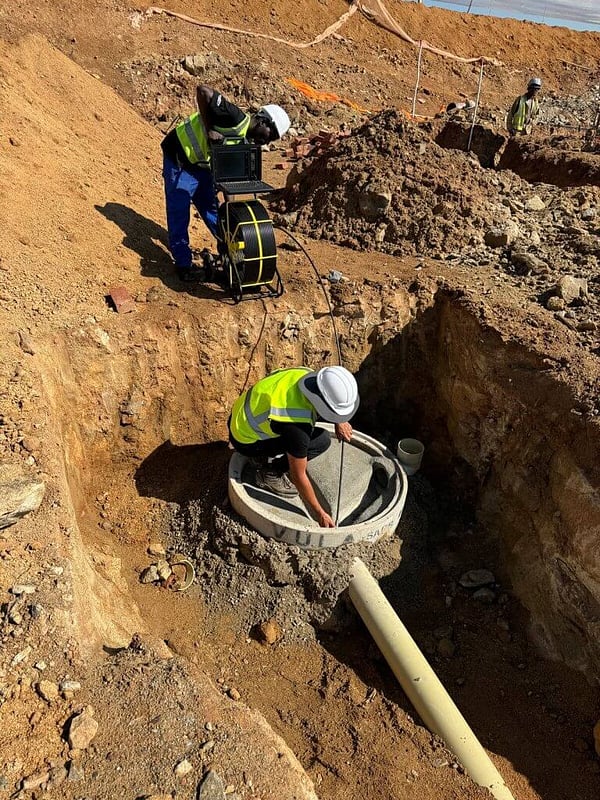Quick links
Understanding the Importance of Pipeline Inspections
What is Pipeline Inspection?
Types of Pipeline Inspections
Benefits of Regular Pipeline Inspections
The Pipeline Inspection Process
Choosing the Right Pipeline Inspection Provider

Understanding the Importance of Pipeline Inspections
Pipelines are the critical arteries of numerous industries, from oil and gas to water and wastewater management. They transport essential resources across vast distances, supporting economies and communities. Ensuring the integrity and efficiency of these pipelines is paramount. This is where pipeline inspections come into play.
What is Pipeline Inspection?
Pipeline inspection is a comprehensive evaluation of the condition of a pipeline system. It involves a series of non-destructive testing methods to assess the pipeline’s internal and external integrity, identifying potential defects, corrosion, or other issues that could compromise its safety and performance.
Types of Pipeline Inspections
There are several types of pipeline inspections, each serving a specific purpose:
- In-line Inspection (ILI): This involves sending intelligent pigs (devices equipped with sensors) through the pipeline to gather data on internal corrosion, dents, cracks, and other anomalies.
- External Corrosion Inspection: This method focuses on the pipeline’s exterior, using techniques like ultrasonic thickness measurement, magnetic flux leakage, and visual inspections to assess corrosion levels.
- Geophysical Surveys: These surveys use advanced technologies to detect pipeline locations, identify potential hazards, and monitor environmental impacts.
- Hydrostatic Testing: This involves filling the pipeline with water to a specific pressure to evaluate its strength and leak resistance.
Benefits of Regular Pipeline Inspections
Regular pipeline inspections offer numerous advantages, including:
- Safety: Identifying and addressing potential issues before they escalate helps prevent accidents, injuries, and environmental damage.
- Reliability: Regular inspections ensure the pipeline operates efficiently, minimizing downtime and disruptions to operations.
- Compliance: Pipeline inspections help businesses comply with industry regulations and standards.
- Risk Management: By assessing pipeline condition, companies can better manage risks associated with pipeline operations.
The Pipeline Inspection Process
A typical pipeline inspection process involves the following steps:
- Pipeline Assessment: Evaluating the pipeline’s age, material, operating conditions, and history of incidents.
- Inspection Planning: Developing a detailed inspection plan based on the pipeline’s specific characteristics and requirements.
- Data Collection: Employing appropriate inspection techniques to gather data on the pipeline’s condition.
- Data Analysis: Interpreting inspection data to identify potential issues and prioritize corrective actions.
- Report Generation: Creating comprehensive reports detailing the inspection findings, recommendations, and action plans.
Choosing the Right Pipeline Inspection Provider
Selecting a qualified pipeline inspection provider is crucial. Look for companies with experienced personnel, advanced technology, and a proven track record. They should be able to provide tailored inspection solutions based on your specific needs and comply with industry standards and regulations.
By investing in regular pipeline inspections, businesses can safeguard their operations, protect the environment, and ensure the long-term viability of their pipeline assets.
